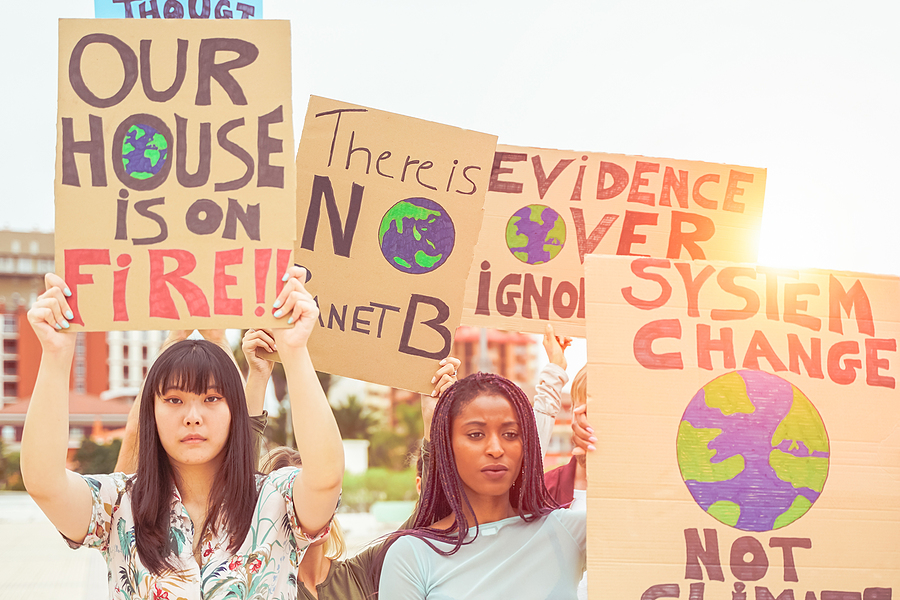
8 Vital Steps to Successful Marketing Planning
September 13th, 2021 Posted by Emergent brand marketing, brand strategy, Brand trust, consumer behavior, Consumer insight, Content Marketing, Differentiation, Digital marketing, Emotional relevance, Higher Purpose, Influencers, Marketing Strategy, storytelling, Strategic Planning 0 comments on “8 Vital Steps to Successful Marketing Planning”How to amplify your 2022 marketing outcomes…
We’re in the thick of strategic planning season as food, beverage and lifestyle brands and retailers finalize their go-to-market strategies for the year ahead.
- How do you ensure your plans will deliver the most benefit for every precious dollar invested?
- What are the optimal elements in a marketing plan that will secure consumer and trade partner engagement?
- What are the must-have components to deliver on your business objectives?
Here we examine the eight key elements of a marketing plan that removes risk and installs trust – a must-have on the road to business success no matter what stakeholder audience you are working to influence.
- Business objectives assessed alongside barriers to growth
Far too many marketing plans begin with declarations of business targets served up in a manner that implies it’s simply a matter of turning on the advertising faucet to deliver on the intended outcomes. A richer and more productive internal discussion will occur if the objectives are included alongside an honest, real-world assessment of the barriers that exist to delivering them.
Mind you, there are always barriers. No one goes to market in a vacuum free of systemic challenges and threats to success. It is in this act of realism and reflection that the executive team has a useful discussion on what must be overcome in order to win in the year ahead. This works to remove what we characterize as “hope-ium” from the plan discussion and gets everyone focused on contributing to ways of mitigating or navigating around the threats.
2. Competitive analysis with a unique purpose
Intentional or not, in many categories there is a fair amount of sameness that exists among brands matching competitor moves with comparable programs, product offerings and messages. If a brand is set up from the start for radical differentiation, then the chances of stepping into the similarity trap can be averted. Resemblance is an ongoing challenge in marketing. When communications is close enough that brands could literally interchange competitor names and the key message still works, you know a problem exists.
Instead, competitive analysis should be focused on looking for unmet needs and whitespace opportunities to zig when everyone else in the segment zags. Your goal is to be different. (No, really, really different.) And in doing so, stand out in a sea of category sameness.
3. Importance of consumer anthropology
Perhaps the most important element of all in marketing planning is the right kind of research to help inform strategy. This isn’t about data crunching around demographics of shopper populations. Relevance and resonance are everything to dialing in your communications plan for optimum impact. This simply can’t be done without the kind of insight research that truly peels the onion on your best users’ lifestyle concerns, passions, interests and desires. Users are humans not data points. You will get further by imbuing your brand with deeper meaning that reflects the values and beliefs of your heaviest users. To know them, literally, is to love them.
These cohorts are often the most important to your profit plan as they usually represent those who bring the highest volume and repeat purchase behaviors. The role of your brand is as coach, guide, educator and enabler on their lifestyle journey. You can’t do that without gaining insight into how they think, behave and what they care about. This is different than pushing analytical, fact-based messaging at them on formulation or technology specs. It’s always heart-over-head. All humans are emotional creatures who think and not the other way around.
4. The ‘culture shift’ imperative
Trends are far more important than ever before to influencing consumer preferences. Media influences the crowd and where the crowd of like-minded users goes will simply attract more and more ‘followers’ (this means the social conversation that’s going on matters to your strategic game plan). Right now, sustainability could not be more important as a culture change signal.
A large swath of the consuming public is enamored with sustainability behaviors, policies and standards created by brands to help mitigate their impact on carbon contributions and the environment. It is imperative that food brands with a heavy investment in meat ingredients take this into consideration. Just be careful not to invoke sustainability as a priority ahead of having the right science-based assessments of your carbon footprint. You want to avoid falling into the greenwashing trap. Sustainability is now associated with climate impacts.
5. Brand higher purpose discovery and refinement
Purpose-built branding is not a nice to have any longer. It is a vital construct that sits underneath your organization as a true north of why the company exists. Important to note, purpose is always built around a real human-relevant insight and not a corporate axiom like increasing shareholder returns. It has nothing to do with philanthropy and cause marketing. It has everything to do with a purpose that transcends the product offering and is married to how you improve your customers’ lives and the world around you.
More often than not, we find this key strategy that informs everything the company and brand stands for is under-nourished or treated as a cause-related project. The key questions to address:
- Why are you in business (this isn’t just about business growth)?
- How do you deliver on your why?
- What business are you really in based on your why?
A Higher Purpose platform should be embedded in everything you do across the organization.
6. Evaluating spheres of influence
The internet has fractured the consumer world into micro-communities of shared interests and passions. It is in these communities where people filter, find and decide what to buy. There are influencers within these communities who are important to discovery and trial, to establishing the definitions of what is better and why.
The marketing plan should include an evaluation of these micro-communities and the leading voices within them. Here your brand should engage as a contributor to the conversation. Relationships should be built with the leading voices, not to co-opt them but gain their trust.
7. Assessment of outside third-party expert voices and contributors
Trust is harder than ever to achieve. 99.9999 percent of the time consumers are operating with one goal in mind – to avoid making a bad decision. Brands should engage the voices of outside experts and credible authorities to verify and validate what you want consumers to believe about your brand, business and Higher Purpose. These voices can add a layer of credibility to your content marketing plans and pull in a note of clout to key messages you wish to convey.
How these relationships are created and deployed is key. Be careful not to position these voices as brand promoters who come across like paid shills. They are there to validate, to deliver authentic “reports” on what you are doing. Trusted voices are essential to building belief, and trust is fundamental to your success.
8. A word about KPI’s
These days it’s standard fare to embed your evaluations with digital data given its availability across all of the social and content platforms where you deploy communications. Levels of perceived engagement are relatively easy to come by based on online behaviors. People, however, can also be fickle and unpredictable.
Creating a baseline of consumer insight research is invaluable not only to better understand what makes your users tick, but also to go back in later and assess changes in attitudes and behaviors over time.
These evaluations carry more horsepower because they dig into shifts in priorities, interests and activity on the path to purchase and whether or not your key messaging is getting traction.
All of this great work feeds creativity and informs strategy. It can lead your business to leaps in share. New users will enter the fold because your brand truly stands out for all the right reasons in a category where many players tend to blend together.
Looking for more food for thought? Subscribe to the Emerging Trends Report.
Bob Wheatley is the CEO of Chicago-based Emergent, The Healthy Living Agency. Traditional brand marketing often sidesteps more human qualities that can help consumers form an emotional bond. Yet brands yearn for authentic engagement, trust and a lasting relationship with their customers. Emergent helps brands erase ineffective self-promotion and replace it with clarity, honesty and deeper meaning in their customer relationships and communication. For more information, contact [email protected] and follow on Twitter @BobWheatley.




